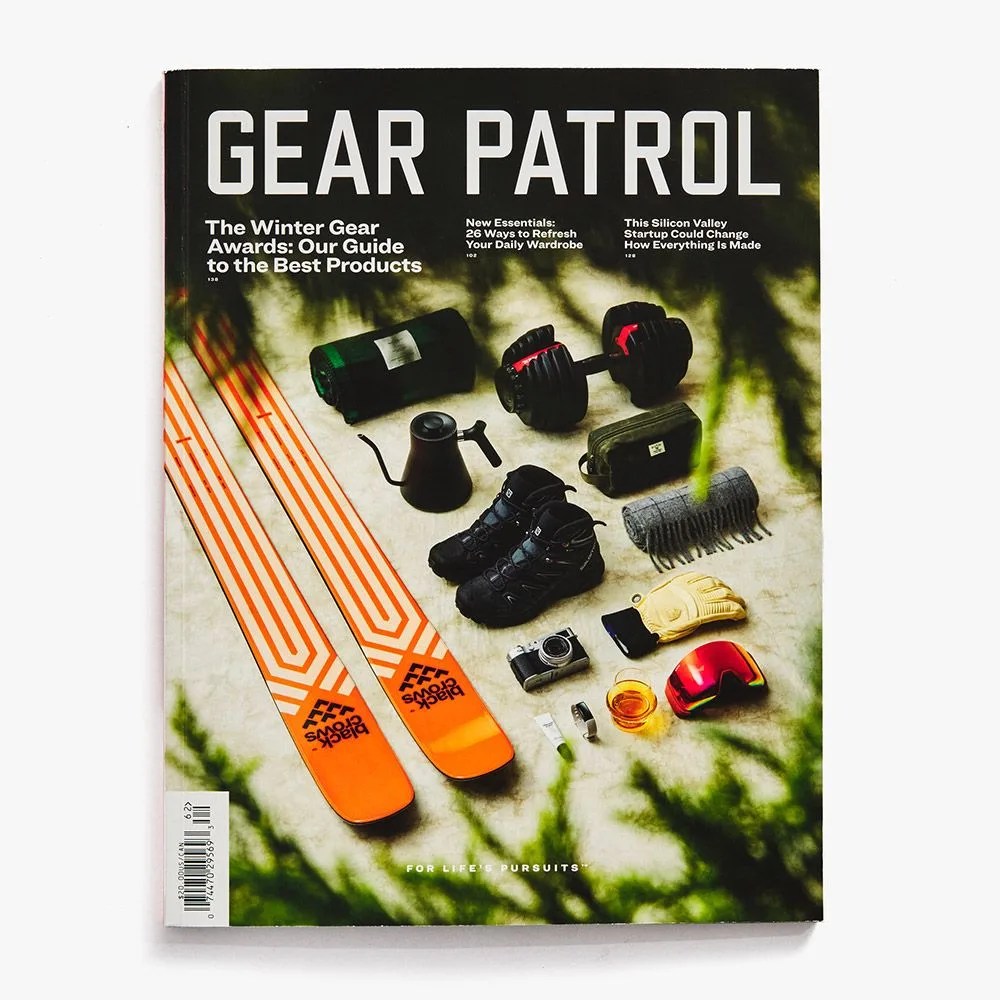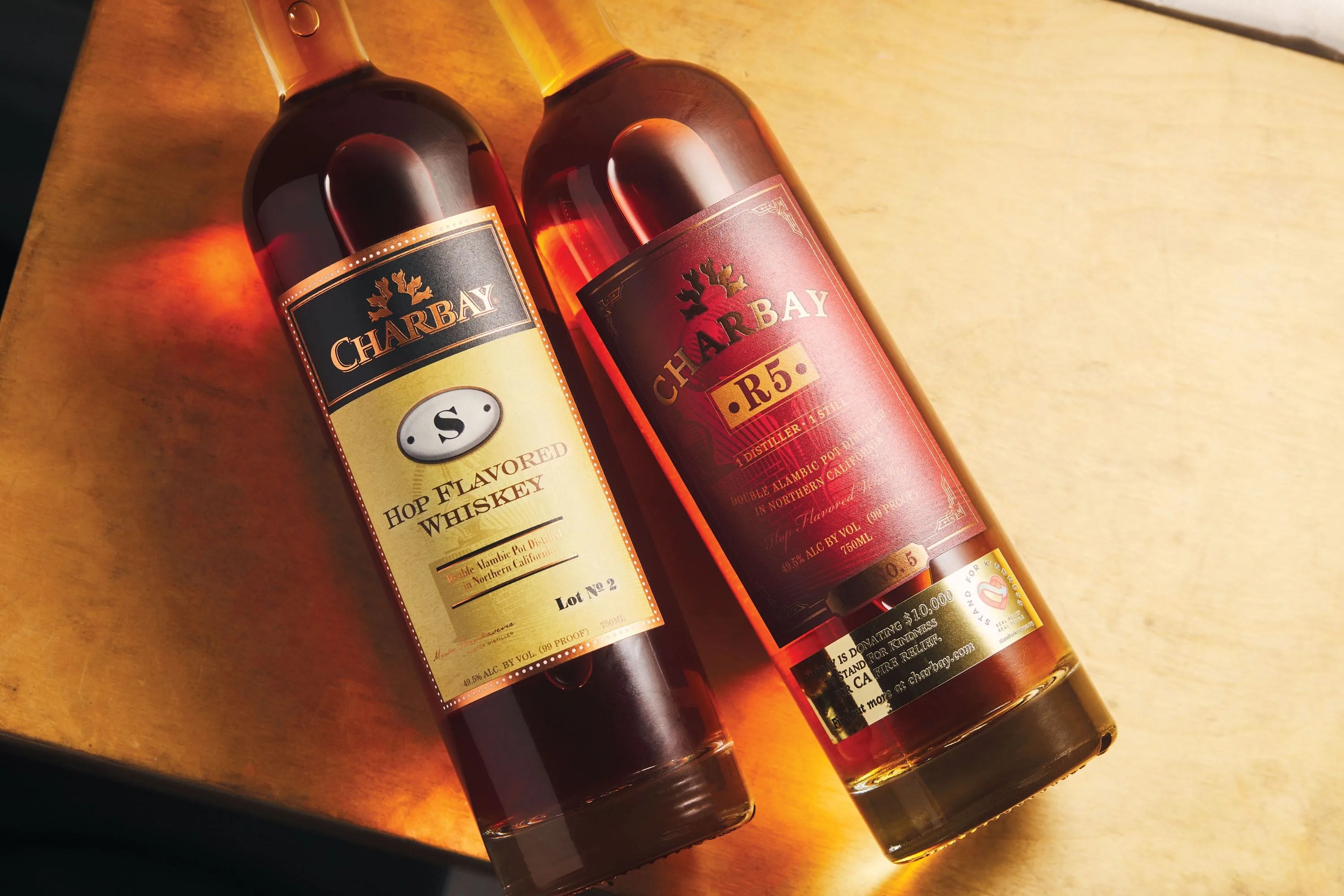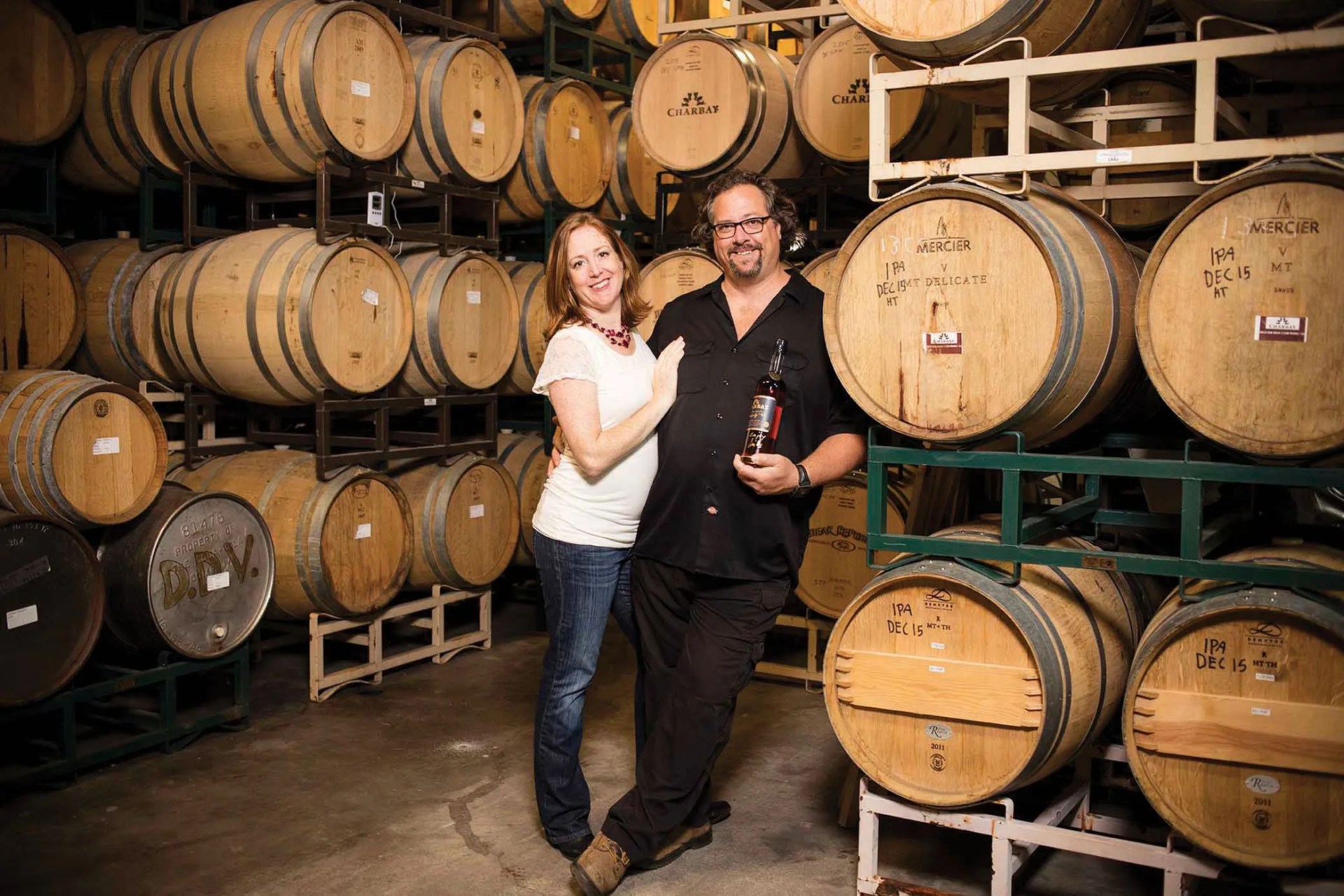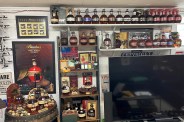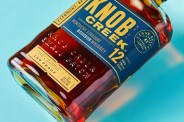When Sonoma Mountain Brewing went out of business almost immediately thereafter, Karakasevic next decided to distill his absolute favorite beer, Bear Republic’s Racer 5 IPA, sourcing a 6,000-gallon, 16-wheel tanker truck full of it. The resultant Charbay R5, first released in 2010, would expand the brand’s cult reach with its mix of fruity, floral, dank, and spicy notes. He also eventually produced Whiskey S — distilled from Bear Republic’s Big Bear Stout and aged in used French oak barrels — while, every few years, releasing older and older bottlings of that original pilsner distillate — with a 13-and-a-half-year-old Release IV in 2013 and a 16-year-old Release V in the fall of 2016, selling the final 72 bottles remaining for $675.
“To me, it’s way more valuable than cult bourbon,” says Ury, who once claimed his Charbay was the one whiskey he would save if a natural disaster struck. “George T. Stagg, Weller and Pappy [Van Winkle] are great, but there’s tons of other bourbons that have similar flavor profiles. There is simply nothing like Charbay, especially those original pilsner bottles.”
In this wild era where bourbon obsessives will eagerly pay 600 bucks for one of 50,000 or so yearly bottles of the aforementioned Stagg, you would think the fact Charbay remains extremely limited and very expensive would be a positive. Those two attributes are typically catnip to American whiskey collectors, but maybe the atypical flavor profile continues to scare so many off. It shouldn’t.
“Marko not only created a completely idiosyncratic style, but also it’s wildly delicious, intense and bombastic,” believes Othenin-Girard, who tells me that new R5 releases “do pretty well” at K&L these days.
Some of the biggest fans of Charbay are the creative forces behind Wolves Whiskey, an ultra-hip, Hollywood-based label launched by fashion mavens Jon Buscemi and James Bond in 2019. Wanting to dip their toes into the whiskey industry, they could have done what everyone else does and sourced the same bourbon that is made in a big factory in Indiana called MGP. Being that Wolves Whiskey comes in lavish, Italian sheep-skin labeled bottles and is released online like sneaker drops, it would have made perfect sense to consider the liquid secondary. But, after being introduced to the “wacky shit” (Buscemi’s words) being distilled by Karakasevic, they knew they had no choice but to source some Charbay and let him blend it into what would become their initial release, called First Run.
“A lot of what MGP makes is excellent juice,” says Jeremy Joseph, the company CEO. “That said, there’s nothing like what Marko does.”
